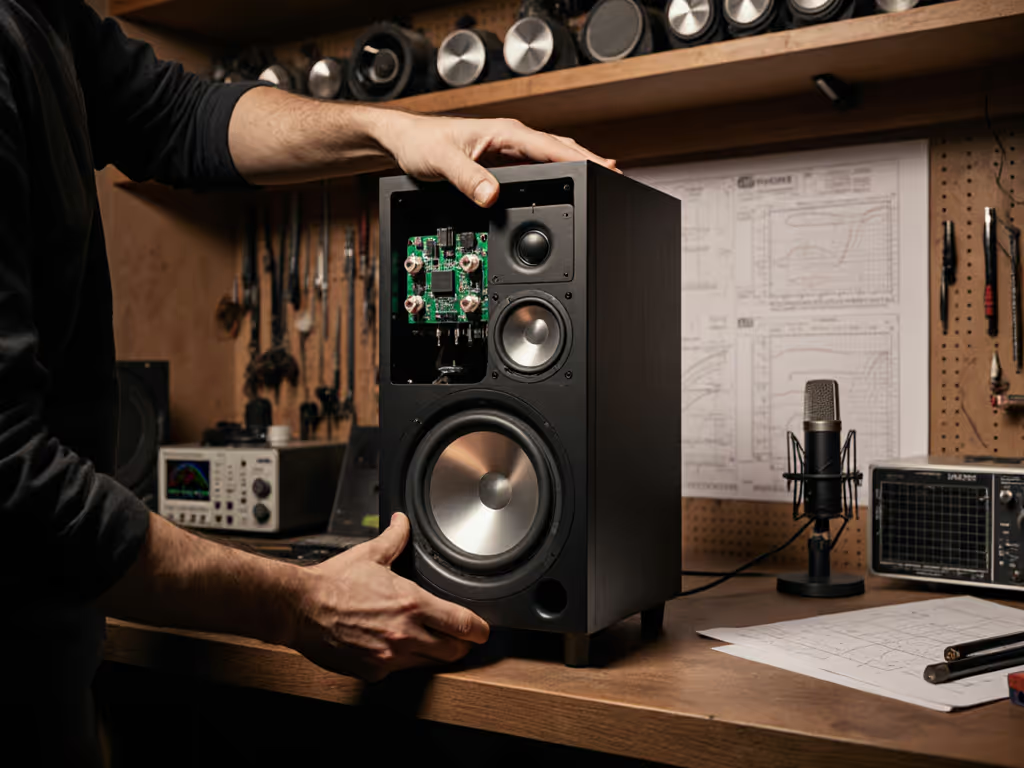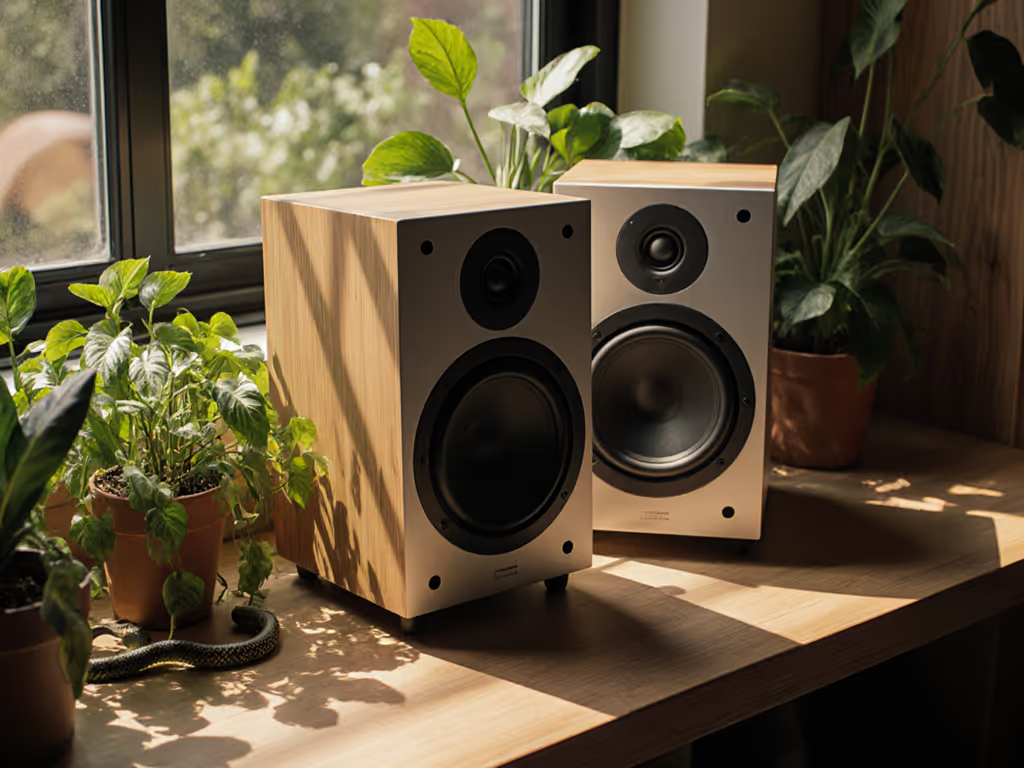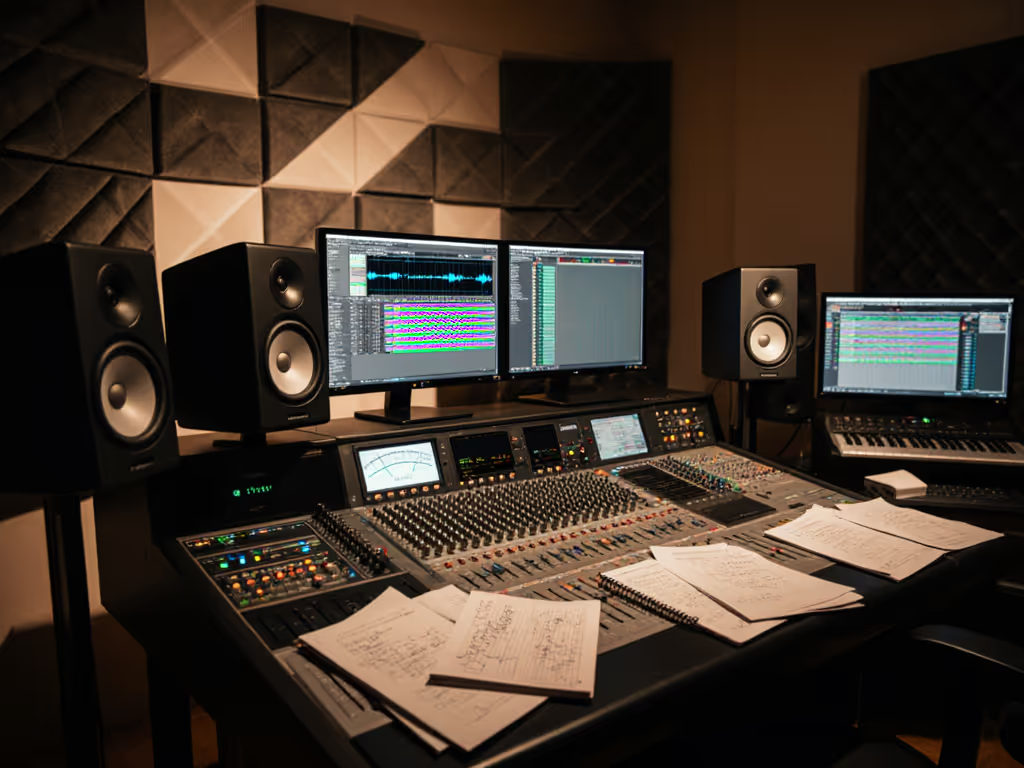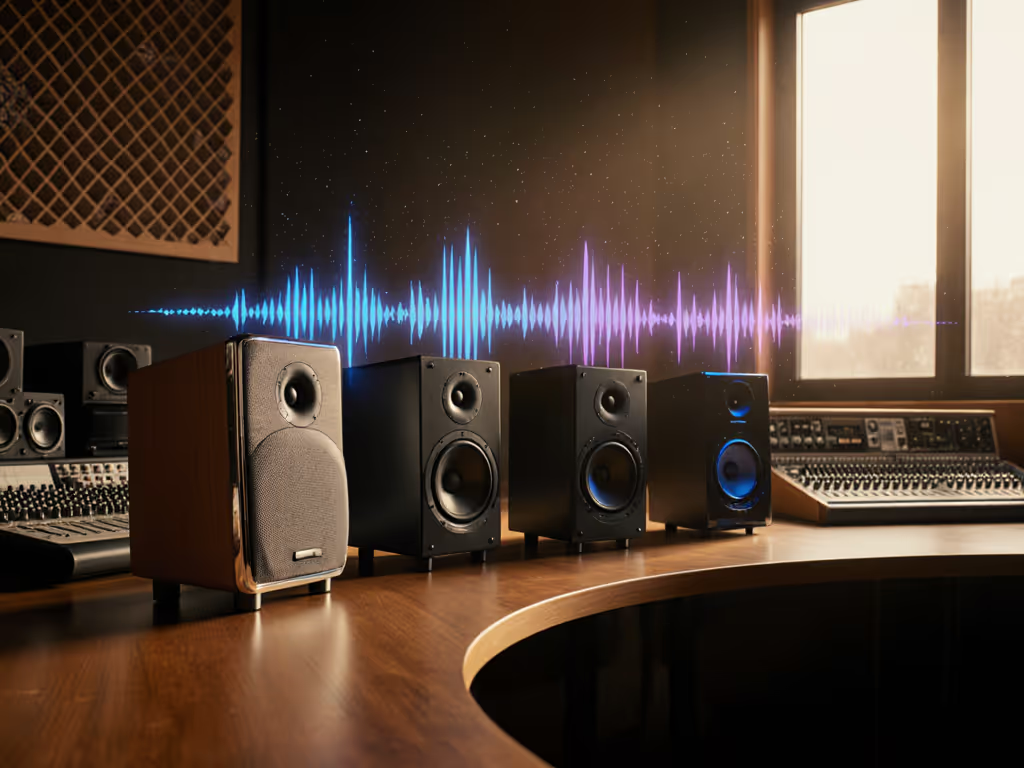
Studio Monitor Power Ratings: What RMS Really Means
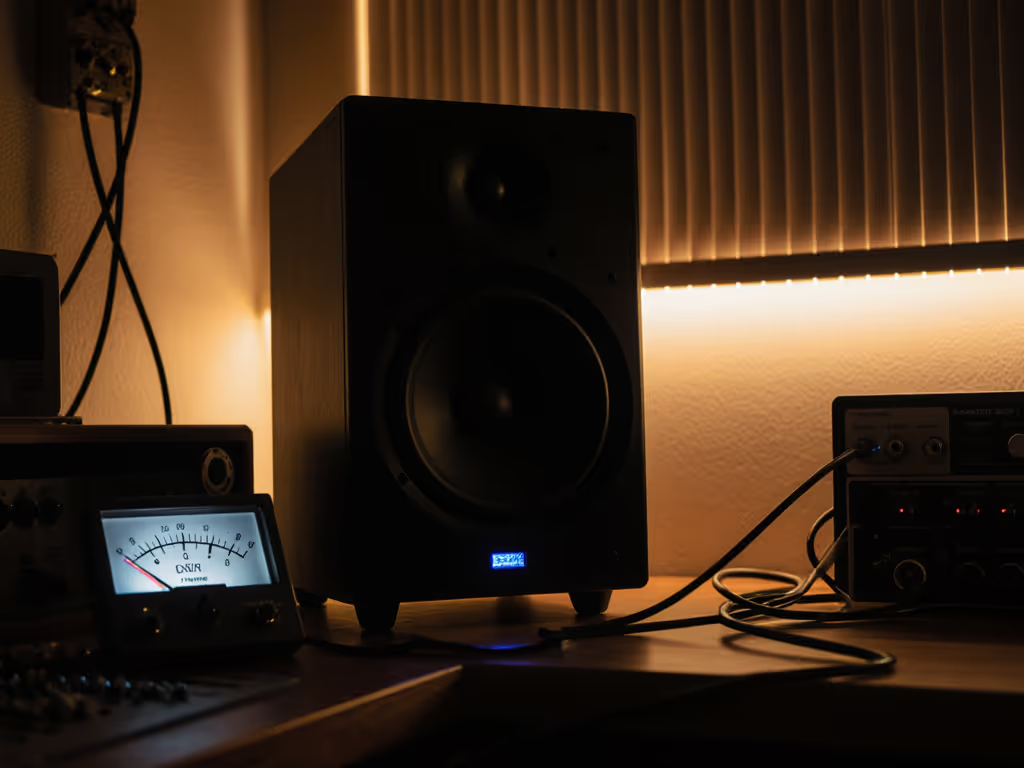
Let's cut through the confusion: studio monitor power ratings rarely matter as much as you think, and understanding wattage in studio monitors is your first step toward mixes that actually translate. If you've ever spent hours tweaking bass only to have it vanish on earbuds, you're not alone. I've seen students panic over "not enough watts" while their speakers sat on a wobbly desk against a concrete wall. The real fix? Two tennis balls under each monitor and moving the desk six inches. Suddenly, their mixes traveled. That day taught me something vital: reliable translation starts with honest monitoring habits, not chasing big numbers. Today, we'll demystify RMS ratings so you can stop worrying about specs and start trusting your ears.
Why Wattage Anxiety is Holding You Back
Bedroom producers often fixate on wattage because manufacturers scream about "500W power!" in ads. But here's what they don't say: peak power (those huge numbers) means almost nothing for daily mixing. It's like boasting your car can hit 200 mph when you only drive in city traffic. Meanwhile, RMS power (the continuous wattage a monitor can handle without distorting) is your real compass for small rooms.
The RMS vs Peak Power Trap
- RMS Watts: The steady power your monitor delivers cleanly during a vocal take or background pad. This is what keeps your mix balanced at 75 dB SPL all night.
- Peak Power: The instantaneous burst for a snare hit or kick drum. It's irrelevant for 95% of your workflow since you're not blasting max volume constantly.
Manufacturers often highlight peak power (e.g., "1000W!") while burying RMS specs. Always check RMS; it tells you if a monitor plays cleanly at your typical volume.
Think of RMS as your daily commute speed. Peak power is that one time you stomped the gas pedal exiting the highway. You wouldn't buy a car based solely on that momentary speed, right? Same with monitors.
How Many Watts Do You Actually Need for Small Rooms?
Here's the truth: most small studios need far less power than you'd guess. Why? Because nearfield monitors (3-8 inches) dominate bedroom setups, and physics favors modest wattage:
- At 1 meter in a 10x12 ft room, 40-70 watts RMS per channel is ample for truthful monitoring at 70-80 dB SPL.
- Cranking past 85 dB SPL risks ear fatigue and room mode distortion (not monitor limitations).
- Higher wattage (100+ RMS) mainly helps if you mix at "club volume" and have treated walls... which most of us don't.
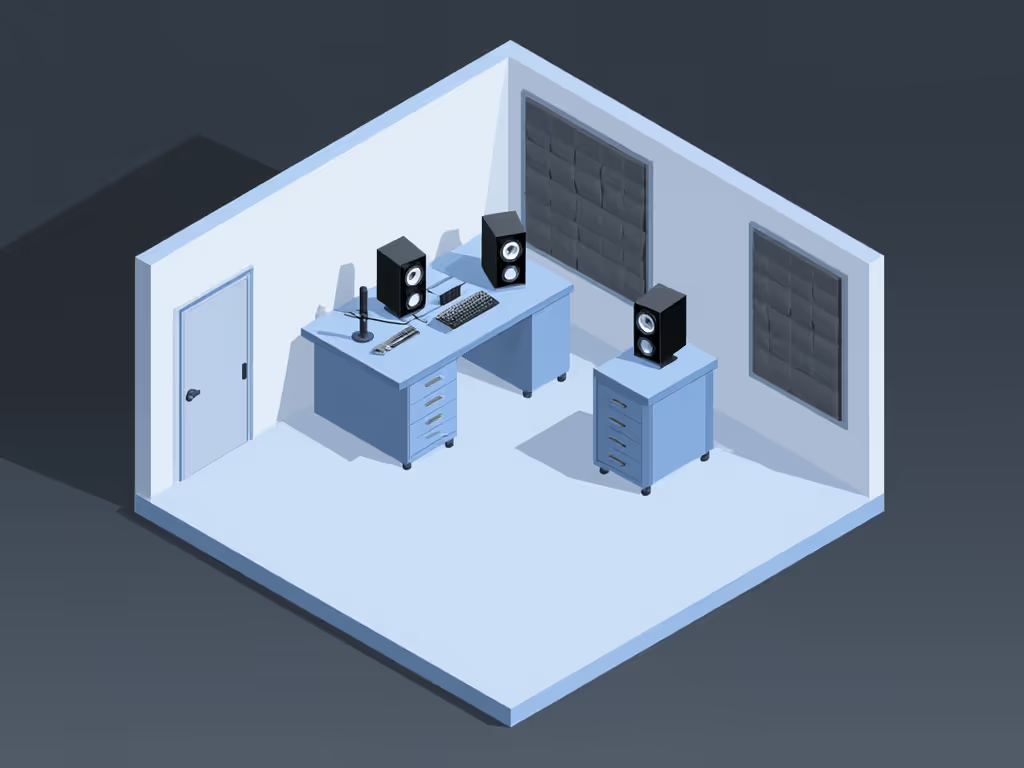
Real Talk: Your Room, Not Your Wattage, is the Bottleneck
I once helped a podcaster struggling with muddy voiceovers. He'd upgraded to "200W RMS" monitors but kept them on his desk next to a bookshelf. His actual issue? Boundary reflections drowning out consonants, not insufficient power. After moving speakers to stands and adding basic absorption, his 50W monitors sounded clearer than the "beefy" setup ever did. Power handling explained simply: if your room fights you, no wattage will save you. To fix desk reflections and nail speaker height, see our studio monitor height guide.
Matching Amplifiers to Monitors: The Overlooked Half
Many entry-level interfaces (like Focusrite Scarlett) have built-in amps that clip before driving quality monitors to useful volumes. But you don't need a $1,000 amp. Focus on these power handling essentials:
- Amplifier headroom: Amps should deliver 20-30% more RMS than your monitors' rating. (Example: 60W amp for 50W RMS monitors.)
- Current delivery: Crucial for tight bass. Cheap amps strain with low frequencies, causing "farty" kick drums.
- Distortion threshold: Look for specs like "<0.05% THD at 50W RMS" (this means clean power where you actually mix).
If your amp distorts when you boost 80 Hz, it's not the monitor's fault, it's the amp choking. Test with sine waves at 80 Hz: if it buzzes before 75 dB SPL, you've hit your amp's limit.
Your RMS Reality Checklist
Stop comparing peak wattage like it's a spec sheet rap battle. Use this instead:
- Find RMS specs: Ignore "MAX" or "PEAK" claims. Look for "RMS" or "continuous" power in the manual. (Example: "50W RMS per channel" not "100W MAX").
- Match to your room size:
- 8-10 ft rooms: 30-50W RMS
- 10-14 ft rooms: 50-70W RMS
- Bigger? Add a sub (don't muscle monitors past their comfort zone).
- Test at your volume: Play a reference track at 75 dB SPL. If it distorts, your amp or speakers are undersized (not because of low wattage, but poor pairing).
- Prioritize placement over power: Move speakers away from walls, decouple from desks, and aim at ear height. This costs $0 and fixes 80% of "weak bass" complaints.
Why RMS Reliability Beats Peak Hype
During a community workshop, a student insisted his mixes needed "more bass power." His monitors were rated 80W RMS (plenty for his room). But he'd placed them on a hollow IKEA desk, causing desk resonance that killed low-end clarity. After sliding felt pads under them and angling the speakers, his 80W monitors delivered cleaner bass than his friend's "300W" setup. RMS vs peak power debates miss the point: consistent, truthful monitoring beats momentary brute force every time.
Trust the Routine, Not the Spec Sheet
Let's be real: no wattage rating will save you from a reflective desk or untreated corners. But when you understand wattage in studio monitors, you stop wasting time on gear swaps and start building what matters (a stable monitoring routine). Your goal isn't "more watts." It's mixes that hold up on iPhone earbuds, car stereos, and club PAs without endless reference checks.
Remember the lesson from those tennis balls under speakers? Confidence comes from a stable monitoring routine, not chasing specs. Dial in placement, trust your RMS-rated monitors at reasonable volumes, and spend your energy finishing songs (not refreshing spec sheets). That's how you turn anxiety into action.
Trust the routine
Related Articles

